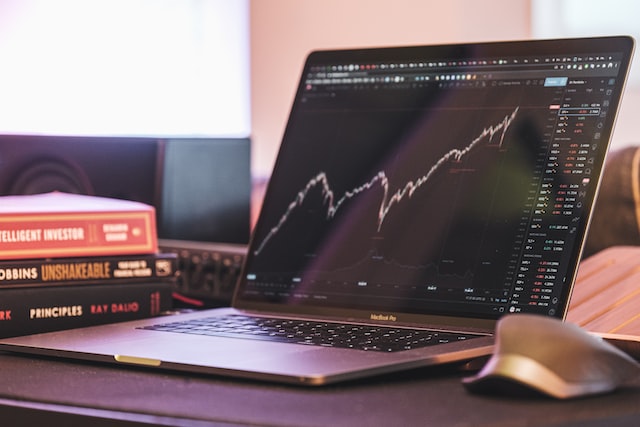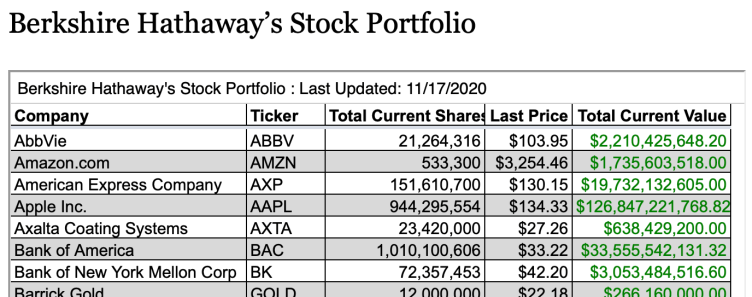
AT&T, despite its massive debt load and solid dividend selection, is still worth a look. Its recent 7.7% dividend reduction isn't an indication of financial trouble. AT&T’s 58% payout ratio makes it safe to reduce its dividend. AT&T is currently focusing its attention on paying down its large debt load. This came after it bought Time Warner, DirecTV and Time Warner for $67B in 2015 and $85.4B in 2018.
AT&T
AT&T's historic dividend cut will allow shareholders to purchase the company at a lower price. Earnings per share are expected to drop from 26 cents to 27 cents, or 40%. The dividend cut can be monetized and the cost of entry to the company will be lower. Now wait for the trend confirmation to confirm your plan and then implement it. In the meantime, the stock remains bullish.
NGL Energy Partners
Investors can view NGL Energy Partners' website for information about whether they will cut their dividend in near future. NGL Energy Partners LP pays dividends on an annual and interim basis. The website of the company lists dividend yields and declarations. The dividend rate for the year is 0.00%. The company's headquarters is in Tulsa Oklahoma. The company's website provides more information about its history.

AT&T's spin-off
John Stankey, AT&T CEO has given an explanation for why it is considering a spinoff of its telecommunications company after the $85 billion Time Warner acquisition. Stankey claims that despite a lower stock price, splitting the stock of the company will increase shareholder value. AT&T will also focus on 5G, which is very expensive, and will be more competitive. As a result, the company plans to spend $20 billion on capex this year. In addition, the company plans to invest in fiber-to-the-home broadband internet services and expand its 5G wireless footprint.
AT&T reduces its dividend
AT&T now faces a difficult situation after the large dividend cut. The company is currently in the process to restructure itself as a fast-moving wireless and internet player. AT&T's quarterly dividend was cut 83%, to keep the company afloat, while the company warned its fourth-quarter revenue would miss estimates. This could allow AT&T to reduce its debt and reposition themselves as a market leader.
AT&T offers free cash flow
AT&T Inc. stockholders can expect to receive US$0.52 for each share on November 1st. The company's free cash flow payout ratio has fallen below the safe payout ratio, and the dividend has been cut by nearly 40%. Despite its poor profitability, AT&T's capital is strong and it has plenty of cash that can be reinvested. A company's traditional profit ratio can provide a good indication of its health but cash flows can be more useful in determining the right mix between profitability and cashflow.
The date of ex-dividend
A company will announce the dividend amount and ex-dividend date when it declares it. Companies usually keep a regular schedule for announcing the declaration of dividends, and they often announce changes to the amount of the dividend in separate press releases or earnings announcements. For foreign companies that usually pay dividends based upon a constant percentage of their profits, it may be more important to change the date or reduce the dividend.

The impact of a dividend cut on a company's stock price
Investors should look at the long-term strategy and financial plan of a company prior to taking any position. If the dividend cuts were made via conference calls, the stock prices would fall for more than nine consecutive months. The selloff was due speculation. However, a cut in dividends could impact the overall trend if it was announced on an official site. The case of FULT showed that the stock price dropped on the announcement, but then continued to rise after the cut.
FAQ
What are the pros of investing through a Mutual Fund?
-
Low cost - purchasing shares directly from the company is expensive. A mutual fund can be cheaper than buying shares directly.
-
Diversification is a feature of most mutual funds that includes a variety securities. One type of security will lose value while others will increase in value.
-
Professional management - professional managers make sure that the fund invests only in those securities that are appropriate for its objectives.
-
Liquidity – mutual funds provide instant access to cash. You can withdraw money whenever you like.
-
Tax efficiency: Mutual funds are tax-efficient. Because mutual funds are tax efficient, you don’t have to worry much about capital gains or loss until you decide to sell your shares.
-
Purchase and sale of shares come with no transaction charges or commissions.
-
Mutual funds can be used easily - they are very easy to invest. All you need is a bank account and some money.
-
Flexibility: You can easily change your holdings without incurring additional charges.
-
Access to information: You can see what's happening in the fund and its performance.
-
Investment advice – you can ask questions to the fund manager and get their answers.
-
Security - Know exactly what security you have.
-
Control - you can control the way the fund makes its investment decisions.
-
Portfolio tracking: You can track your portfolio's performance over time.
-
Easy withdrawal - You can withdraw money from the fund quickly.
Investing through mutual funds has its disadvantages
-
Limited choice - not every possible investment opportunity is available in a mutual fund.
-
High expense ratio – Brokerage fees, administrative charges and operating costs are just a few of the expenses you will pay for owning a portion of a mutual trust fund. These expenses will eat into your returns.
-
Lack of liquidity - many mutual fund do not accept deposits. They can only be bought with cash. This limits the amount that you can put into investments.
-
Poor customer service - there is no single contact point for customers to complain about problems with a mutual fund. Instead, you must deal with the fund's salespeople, brokers, and administrators.
-
Ridiculous - If the fund is insolvent, you may lose everything.
What is the trading of securities?
The stock market is an exchange where investors buy shares of companies for money. Shares are issued by companies to raise capital and sold to investors. Investors then sell these shares back to the company when they decide to profit from owning the company's assets.
Supply and demand are the main factors that determine the price of stocks on an open market. The price of stocks goes up if there are less buyers than sellers. Conversely, if there are more sellers than buyers, prices will fall.
You can trade stocks in one of two ways.
-
Directly from the company
-
Through a broker
What is a mutual-fund?
Mutual funds consist of pools of money investing in securities. They allow diversification to ensure that all types are represented in the pool. This reduces the risk.
Managers who oversee mutual funds' investment decisions are professionals. Some funds let investors manage their portfolios.
Mutual funds are often preferred over individual stocks as they are easier to comprehend and less risky.
Statistics
- For instance, an individual or entity that owns 100,000 shares of a company with one million outstanding shares would have a 10% ownership stake. (investopedia.com)
- Even if you find talent for trading stocks, allocating more than 10% of your portfolio to an individual stock can expose your savings to too much volatility. (nerdwallet.com)
- Our focus on Main Street investors reflects the fact that American households own $38 trillion worth of equities, more than 59 percent of the U.S. equity market either directly or indirectly through mutual funds, retirement accounts, and other investments. (sec.gov)
- "If all of your money's in one stock, you could potentially lose 50% of it overnight," Moore says. (nerdwallet.com)
External Links
How To
How to Trade Stock Markets
Stock trading is a process of buying and selling stocks, bonds, commodities, currencies, derivatives, etc. Trading is a French word that means "buys and sells". Traders are people who buy and sell securities to make money. It is one of the oldest forms of financial investment.
There are many ways you can invest in the stock exchange. There are three basic types of investing: passive, active, and hybrid. Passive investors simply watch their investments grow. Actively traded traders try to find winning companies and earn money. Hybrid investors use a combination of these two approaches.
Passive investing is done through index funds that track broad indices like the S&P 500 or Dow Jones Industrial Average, etc. This strategy is extremely popular since it allows you to reap all the benefits of diversification while not having to take on the risk. You just sit back and let your investments work for you.
Active investing is about picking specific companies to analyze their performance. Active investors will analyze things like earnings growth rates, return on equity and debt ratios. They also consider cash flow, book, dividend payouts, management teams, share price history, as well as the potential for future growth. They then decide whether they will buy shares or not. If they feel that the company is undervalued, they will buy shares and hope that the price goes up. However, if they feel that the company is too valuable, they will wait for it to drop before they buy stock.
Hybrid investments combine elements of both passive as active investing. One example is that you may want to select a fund which tracks many stocks, but you also want the option to choose from several companies. This would mean that you would split your portfolio between a passively managed and active fund.